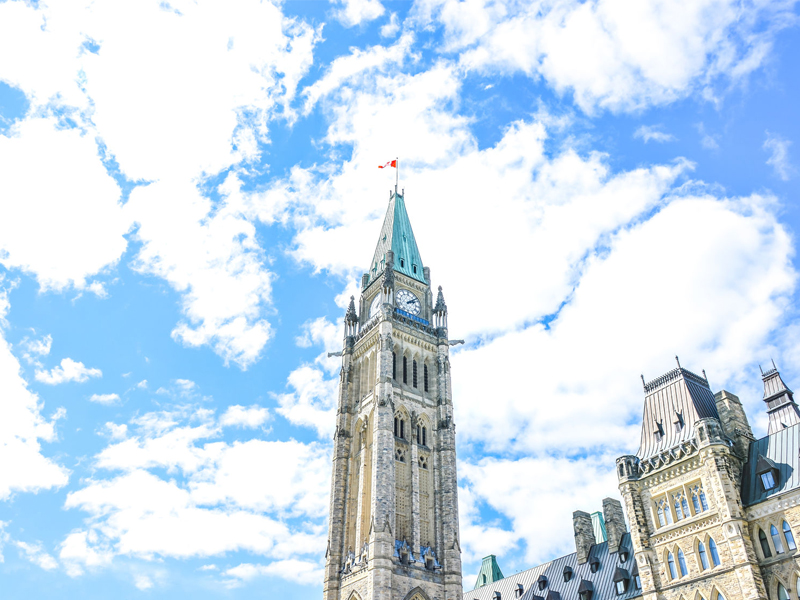
The federal Liberal government expects to sink deeper into the red this year, thanks to a federal budget Tuesday that’s laden with election-year spending measures fuelled by a windfall of new revenue.
Tuesday’s federal budget predicted a deficit of $19.8 billion for 2019-20, including Ottawa’s $3-billion risk adjustment, compared with the $19.6-billion deficit predicted in the government’s fall economic update despite billions in new income tax and excise tax revenue.
Offsetting the increased revenue, the budget plan includes new spending on a wide range of new items aimed at skills training, seniors and first-time homebuyers.
“We’re going to work hard to build an economy that works for everyone, where every person has a real and fair chance at success,” Finance Minister Bill Morneau said Tuesday.
“And we’re going to make these investments to grow our economy for the long term—while we bring the books back towards balance.”
The 2015 Liberal campaign platform predicted 2019 would be the year the government books tipped back into the black. The government, however, has long since abandoned any hope of limiting deficits to less than $10 billion a year, as promised four years ago.
“The opposition would like to see us make cuts very rapidly. Their idea is balance the budget at any cost. Well, if we had taken that approach in 2015, we would not be where we are today, with a better outcome for middle-class Canadians,” Morneau said.
The minister has focused instead on the size of the federal debt relative to gross domestic product, which—according to the campaign platform—was supposed to hit 27% this year.
The federal debt as a percentage of GDP is expected to come in at 30.7% in 2019-20, shrinking to 30.5% in 2020-2021 and 30.0% in 2021-22.
Looking into the future, the budget predicts a deficit of $19.7 billion for 2020-21 and $14.8 billion in 2021-22. The fall economic update had forecast a deficit of $19.6 billion for 2019-20, $18.1 billion for 2020-21 and $15.1 billion in 2021-22.
“Coming into the budget we were expecting revenue to overperform and it has overperformed,” said Rebekah Young, director of fiscal and provincial economics at Scotiabank.
The new economic outlook in the budget predicts slightly softer economic growth this year, coming in at 1.8% compared with the fall forecast for 1.9%.
Young said the government has made a number of investments to help the economy, but they have yet to translate into business investment.
“There is a risk that there is a pullback in confidence levels and that investment just doesn’t happen. So, I think that they are banking on taking a more optimistic tone,” she said of the government.
The Canadian economy slowed in the final three months of 2018 to grow at an annual pace of 0.4%, however job growth has remained strong at the start of this year.
Young noted Scotiabank’s forecast for economic growth this year is 1.5%.